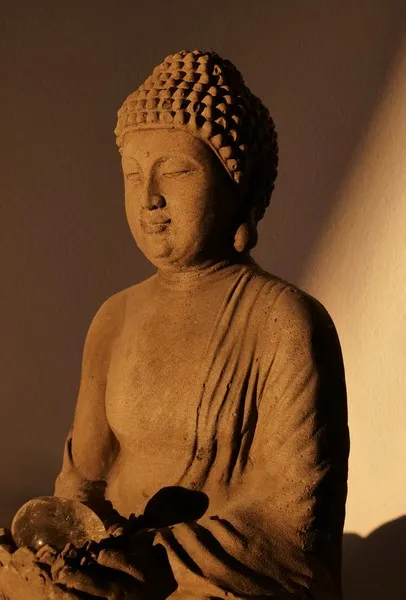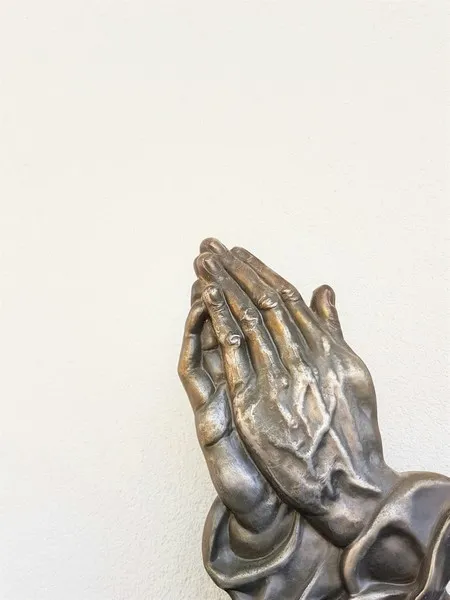Table of Contents
- Historical Foundations of Buddhist Pilgrimage
- Pilgrimage as a Sociological Phenomenon
- Devotional and Doctrinal Dimensions
- Merit-Making and Spiritual Capital
- Economic and Social Impact on Local Communities
- Ritual Performance and Collective Identity
- Modernity and Adaptation
- Challenges and Criticisms
- Sociological Insights into Identity Formation
- The Transformative Power of Sacred Travel
- Interfaith Encounters
- Future Directions of Buddhist Pilgrimage
- Conclusion
Pilgrimage, the act of journeying to a sacred location, occupies a central place in many religious traditions around the world. In Buddhism, pilgrimage represents a deeply meaningful undertaking, simultaneously functioning as an outward voyage and an inward quest for spiritual clarity. Although it has existed for centuries, the nature of Buddhist pilgrimage continues to evolve in our modern era, reflecting shifts in social, economic, and technological contexts. From a sociological perspective, analyzing pilgrimage practices offers an opportunity to understand how collective rituals shape personal identities, reinforce communal bonds, and reproduce or question social hierarchies.
Historical Foundations of Buddhist Pilgrimage
Buddhism originated in the 6th century BCE with Siddhartha Gautama, who became known as the Buddha upon attaining enlightenment. From the earliest years of the tradition, certain key sites in the Indian subcontinent were regarded as uniquely sacred due to their association with pivotal events in the Buddha’s life. These include:
- Lumbini: Recognized as the Buddha’s birthplace.
- Bodh Gaya: Where the Buddha is believed to have attained enlightenment under the Bodhi Tree.
- Sarnath: The location of his first sermon.
- Kushinagar: Where he entered parinirvana, or final nirvana at death.
Over time, these four locations crystallized into essential stops for devout Buddhist pilgrims. Alongside these core sites, other shrines, monasteries, and regions associated with the Buddha’s life began to attract visitors seeking to deepen their faith. As Buddhism spread to Sri Lanka, Southeast Asia, and East Asia, additional sites of local importance emerged, often tied to relics of the Buddha or revered bodhisattvas. This proliferation demonstrates the fluid and evolving nature of pilgrimage: every newly venerated relic or sacred story potentially shapes routes, practices, and destinations.
From a sociological standpoint, the historical development of these sites highlights the creation of what scholars call “collective memory.” Collective memory is an assemblage of shared narratives, symbols, and practices that bind a community together. In Buddhism, the sites themselves become living repositories of doctrinal truths and religious history, linking past events to contemporary worship and everyday life. Visiting these sacred places transforms what could be abstract teachings—about impermanence, compassion, or enlightenment—into vivid, tangible experiences.
Pilgrimage as a Sociological Phenomenon
While pilgrimage may seem to belong solely to the spiritual domain, it is also an important sociological phenomenon that transcends religious boundaries. Pilgrimage fosters the formation and reinforcement of group identities. People who undertake pilgrimages frequently report a heightened sense of belonging to a larger religious community. This communal identification transcends national and ethnic lines, as pilgrims from diverse backgrounds interact and discover shared spiritual objectives.
Sociologically, one can also view pilgrimage as a means of integrating individual believers with the broader doctrinal framework. Physical travel from a home environment to a sacred setting often serves as a powerful ritual of passage, reminiscent of rites of transition that anthropologists classify as liminal experiences. During this liminal phase, pilgrims temporarily abandon their daily roles and routines, immersing themselves in an environment saturated with religious symbolism. The pilgrim is thus both literally and metaphorically on a path, stepping away from conventional social positions to undertake an introspective and transformative journey. Upon returning, many pilgrims report that the journey has altered their perspective, reinforcing or recalibrating their commitment to Buddhist principles.
Devotional and Doctrinal Dimensions
Pilgrimage in Buddhism often aims to deepen one’s understanding of both devotional practices and doctrinal teachings. Devotion is exemplified through rituals such as prostrations, offering of flowers or incense, chanting of sutras, and meditative reflection in temples. Devotional activities serve to reaffirm one’s reverence for the Buddha, the Dharma (his teachings), and the Sangha (the community of believers). This devotion is not simply an emotional outpouring but a performative act that has social and psychological implications: the rituals create a shared structure through which emotions and sentiments are channeled, thus fortifying communal identity.
On the doctrinal side, many pilgrimage sites have grown into centers of Buddhist learning and scholarship. Monastic communities and educational institutes frequently surround these sacred areas, providing lectures, meditation retreats, and dialogues on Buddhist philosophy. By combining devotional elements with an academic understanding of the Dharma, pilgrims can enrich their knowledge while simultaneously cultivating merit through acts of generosity and reverence. In this manner, pilgrimage aligns with core Buddhist aspirations of experiential learning and self-transformation.
Merit-Making and Spiritual Capital
Central to many strands of Buddhism is the concept of “merit”—the accumulation of positive karma through virtuous acts, which includes charitable deeds, adherence to ethical principles, and expressions of devotion. Pilgrimage is commonly regarded as a potent method of generating merit. The rigors of travel, the offering of gifts to monastic communities, and the sincere focus on spiritual practice all contribute to the accrual of beneficial karma. This idea can be sociologically framed as a form of spiritual capital: the investment of time, energy, and resources into religious activities is believed to yield spiritual and communal rewards.
In societies where Buddhist beliefs hold strong cultural influence, acquiring spiritual capital can have social ramifications. A pilgrim perceived as particularly devout or having undertaken multiple pilgrimages may hold elevated social standing within religious circles. This interplay between spiritual virtue and social recognition exemplifies how religious practices are deeply enmeshed with broader social dynamics. Individuals who devote themselves to pilgrimages may benefit from esteem, influence, or leadership roles within their religious communities.
Economic and Social Impact on Local Communities
Buddhist pilgrimage sites do not exist in a vacuum; they have real economic and social consequences for local communities:
- Economic Stimulation: As pilgrims arrive in large numbers—sometimes from different regions or continents—they stimulate local economies through expenditures on accommodation, transport, food, and crafts. Many regions surrounding these sacred sites evolve into bustling hubs for religious tourism, a sector that can significantly boost the local job market.
- Urbanization and Infrastructure: Governments and religious organizations often respond to increasing pilgrimage traffic by investing in roads, healthcare facilities, sanitation, and communication networks. This infrastructural development can elevate the overall standard of living for resident populations.
- Cultural Exchange and Integration: Pilgrims visiting from various cultural backgrounds often share customs, languages, and practices. In turn, local inhabitants adapt to new forms of cultural expression and may incorporate them into their own traditions. This exchange enriches social life while sometimes generating tensions related to cultural preservation.
- Stratification and Inequality: While the influx of pilgrims can be economically beneficial, it can also accentuate social inequalities. Wealthier visitors may enjoy premium accommodations, creating disparities in how the pilgrimage is experienced. Meanwhile, impoverished locals might find themselves unable to participate fully in the religious activities due to time constraints or financial limitations.
From a sociological vantage point, these factors underscore the multifaceted nature of pilgrimage: it is simultaneously a sacred ritual, a social event, and an economic driver. Recognizing these interconnected facets helps us appreciate pilgrimage’s place at the crossroads of faith and socio-economic realities.
Ritual Performance and Collective Identity
Ritual is a fundamental element of pilgrimage, and these rituals serve multiple functions—spiritual, communal, and psychological. They frequently incorporate repetitive physical actions like walking long distances, prostrating oneself, and chanting mantras or sutras. These embodied experiences connect participants to the historical lineage of believers who performed the same rites, thereby reinforcing collective identity across time and space.
In classical sociology, thinkers like Emile Durkheim and Victor Turner investigated how rituals forge group cohesion. Durkheim argued that collective rituals enable participants to transcend individual concerns, merging them with a broader collective consciousness. Turner developed the concept of liminality to describe how participants in rites of passage experience a state of “in-betweenness,” which can lead to communitas—a deep sense of equality and shared purpose.
In the realm of Buddhist pilgrimage, these theories come alive as pilgrims encounter situations where social distinctions (such as nationality, age, or class) can temporarily recede in importance. Although not all inequalities vanish, the shared spiritual purpose can, at least momentarily, draw people together in profound solidarity. This sense of oneness is often cited by pilgrims as one of the most moving aspects of their journey.
Modernity and Adaptation
Get the full article AD FREE. Join now for full access to all premium articles.
View Plans & Subscribe Already a member? Log in.





